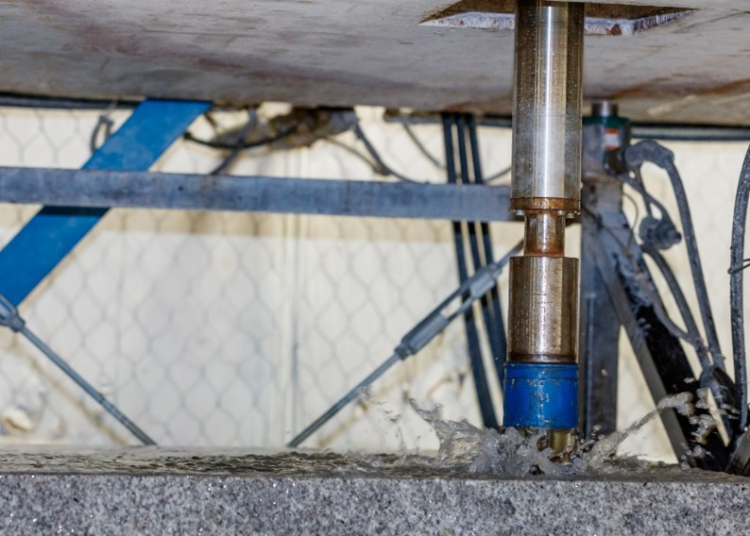Diamonds have been wowing the world since the 4th century when they were first discovered in India. However, did you know they have also been at the forefront of drilling advancements for decades? The U.S. Department of Energy (DOE) has been supporting diamond-capped drill bit research and development, and these programs and projects continue to drive faster drilling rates and lower overall costs.
Sandia National Laboratories (Sandia) has published a collection of analyses, using data from four geothermal wells drilled by DOE-funded Frontier Observatory for Research in Geothermal Energy (FORGE) in Utah. The analyses build on DOE-funded polycrystalline diamond compact (PDC) bit research at Sandia, which started more than four decades ago. In the 1980s, DOE, in conjunction with Sandia, recognized the potential of PDC bits for geothermal application. Surprisingly though, geothermal was not the first to benefit from these research and development projects: PDC bits quickly became popular among an array of subsurface sectors especially oil and gas and spurred dramatic private sector adoption and innovation that led to overall market success.
A PDC bit is a specialized tool used when drilling through various rock formations. Early use of the bits tended toward softer rock formations but over time, through advancements in design and manufacturing methods, the bits became capable of drilling hard rock formations commonly found in geothermal environments. The bit features cutters made from lab-grown diamond, one of the hardest materials known, making them a durable tool that is more resistant to wear when drilling. While the geothermal industry has used these bits occasionally in the past, it was not until recent use of PDC bits at FORGE that there has been significant data to assess the efficacy of PDC bits for geothermal drilling.

Tests with a polycrystalline diamond compact bit. Photo credit: Sandia National Laboratories
PDC bits vary widely in design features; the design adapts for each well depending on factors like overall drilling objectives and the subsurface formation at the site. An appropriately designed PDC bit can improve drilling performance and thus improve productivity and reduce costs. Sandia's research and analysis of FORGE data aims to reduce drilling costs by advising on the best drill bit design based on site location and drilling depth. The team analyzes daily drilling data from FORGE including variables like weight-on-bit, rotations per minute, and torque-on-bit to simulate future interactions between bit designs and geological formations.
While drilling speed and efficiency is key in their investigations of performance, the team also pays attention to other ways drilling can be made more cost-effective: it's not just about going fast but maintaining speed for an extended amount of time while also focusing on the life of the bit. Extending the life of the drill bits reduces the time taken to change bits at significant depths and provides cost savings.
The use of PDC bits, alongside physics-based limiter redesign workflows, has led to improved drilling efficiency across all four enhanced geothermal system wells at FORGE. To learn more about how DOE's Geothermal Technologies Office is supporting drilling technology and efforts, visit the website.








